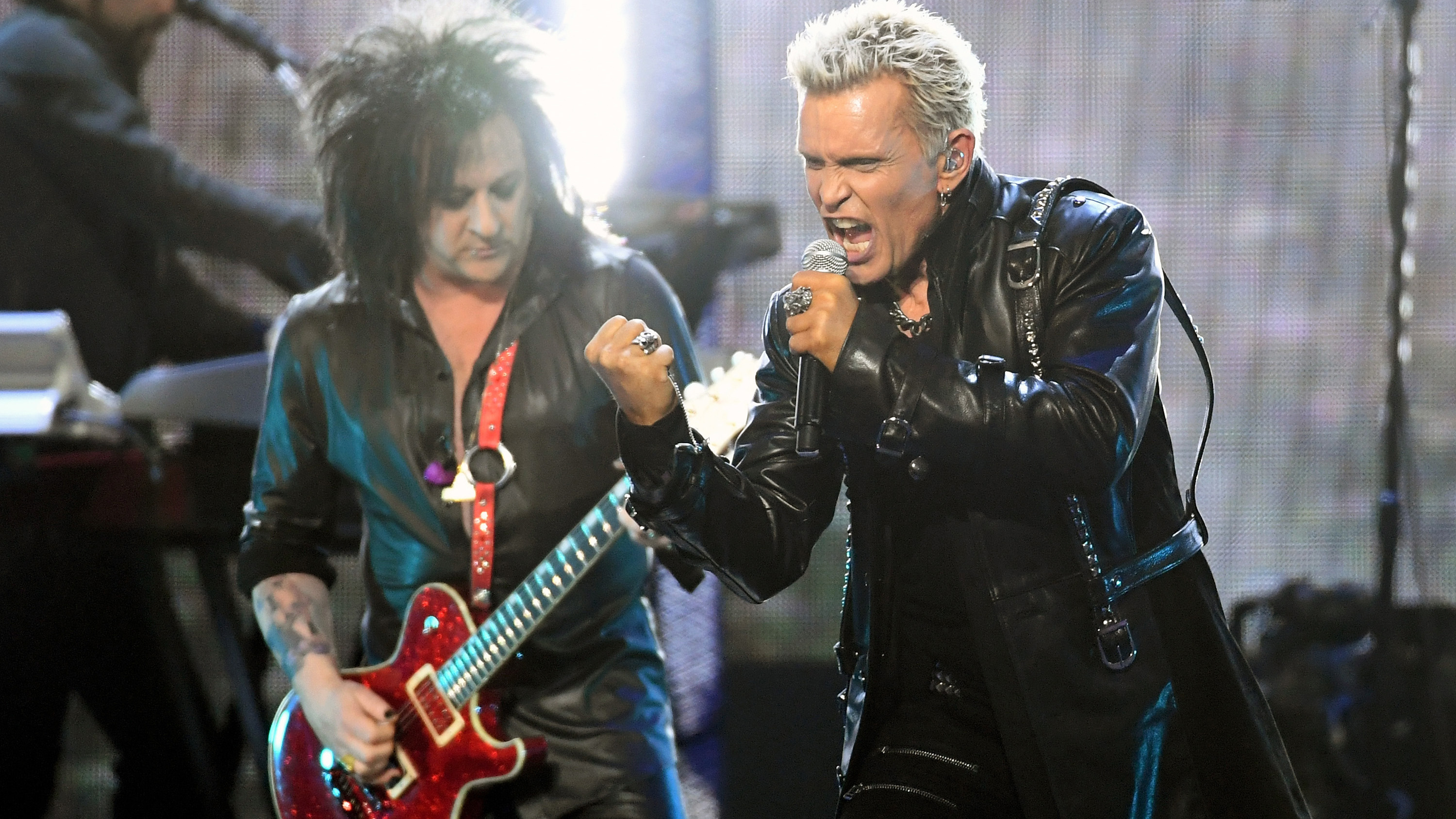Classic Album: Lost Frequencies on Less Is More
Under his Lost Frequencies moniker Félix De Laet pulled away the blast and bombast of arena-primed EDM and began making tracks with heart, soul and subtlety
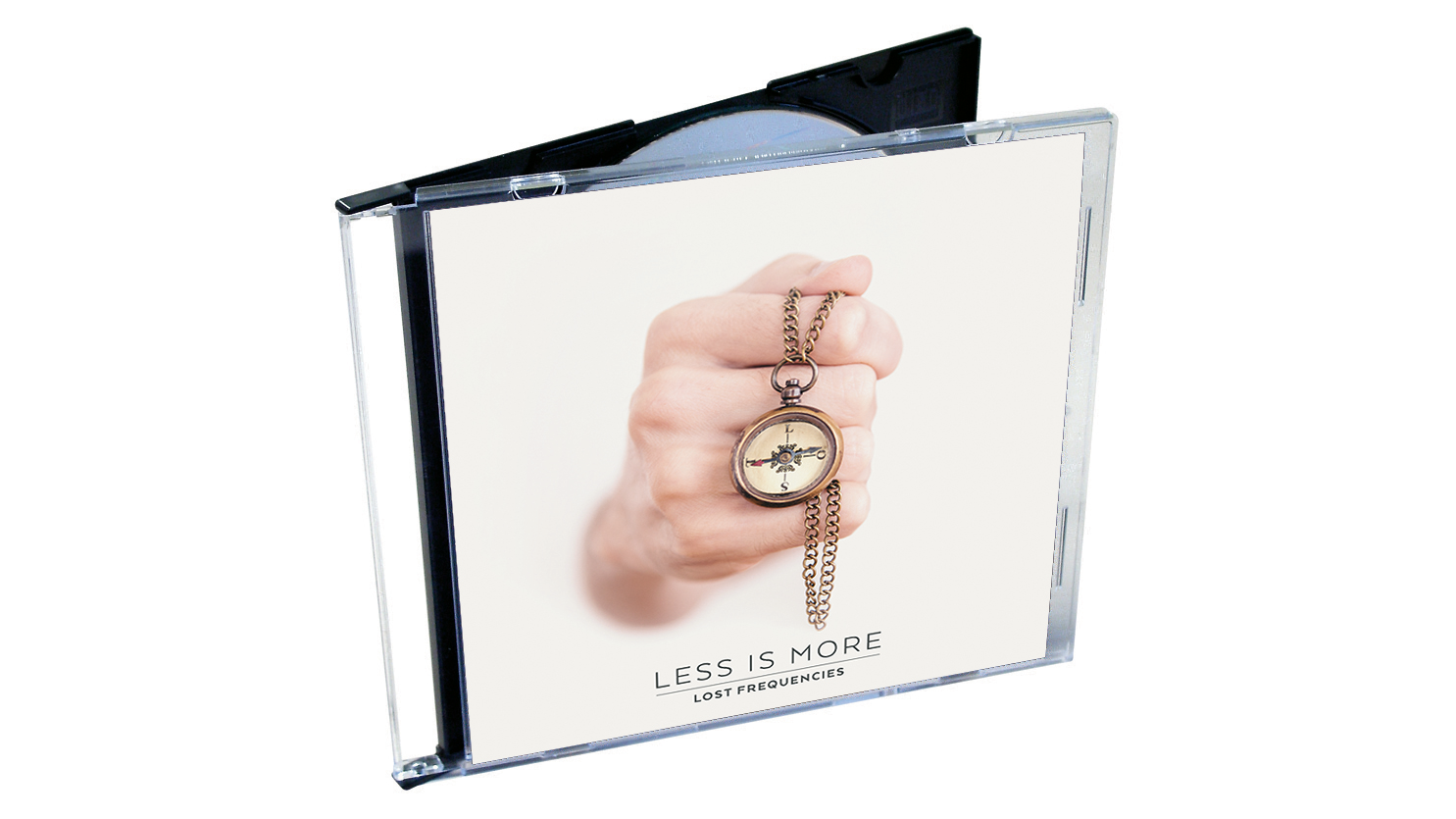
This album title is a mantra to live and make music by. It certainly worked for Félix De Laet. Under his Lost Frequencies moniker he pulled away all the needless blast and bombast of arena-primed EDM and began making tracks with heart, soul and subtlety.
Pulling from trap minimalism, indie guitar music, and even country ballads, his brand of deep melodic house would provide a welcome counterpoint to the dominant, bloated, dance music styles of the era. And, in doing so, spawn tracks that would go on to pull down staggering play counts online.
I wanted to remove all the unnecessary things and keep it simple. I ended up getting more attention with these types of tracks. So, it really was, ‘less is more’.
“I was in a completely different mood back then,” says the Bruxellois beat-maker. “There was a lot of ‘main stage music’ coming out. And everything had a big production to it with lots of sounds and a lot of different things happening. I had a more stripped down sound.
“I wanted to remove all the unnecessary things and keep it simple. I ended up getting more attention with these types of tracks. So, it really was, ‘less is more’. Which became a kind of vibe, and description of the sounds I was making with this album.”
Unstoppable juggernaut-in-waiting tracks like the appropriately entitled Are You With Me (currently bordering on 700,000,000 plays on Spotify) helped kickstart the project. It saw De Laet, still a relative unknown on the scene, resorting to lifting loops from a modern country track on SoundCloud for the meat of it.
“I was looking for some music to sample, because at that time I didn’t have any contacts,” he says. “It was only after that people were contacting me with demos, and wanting to work with me.”
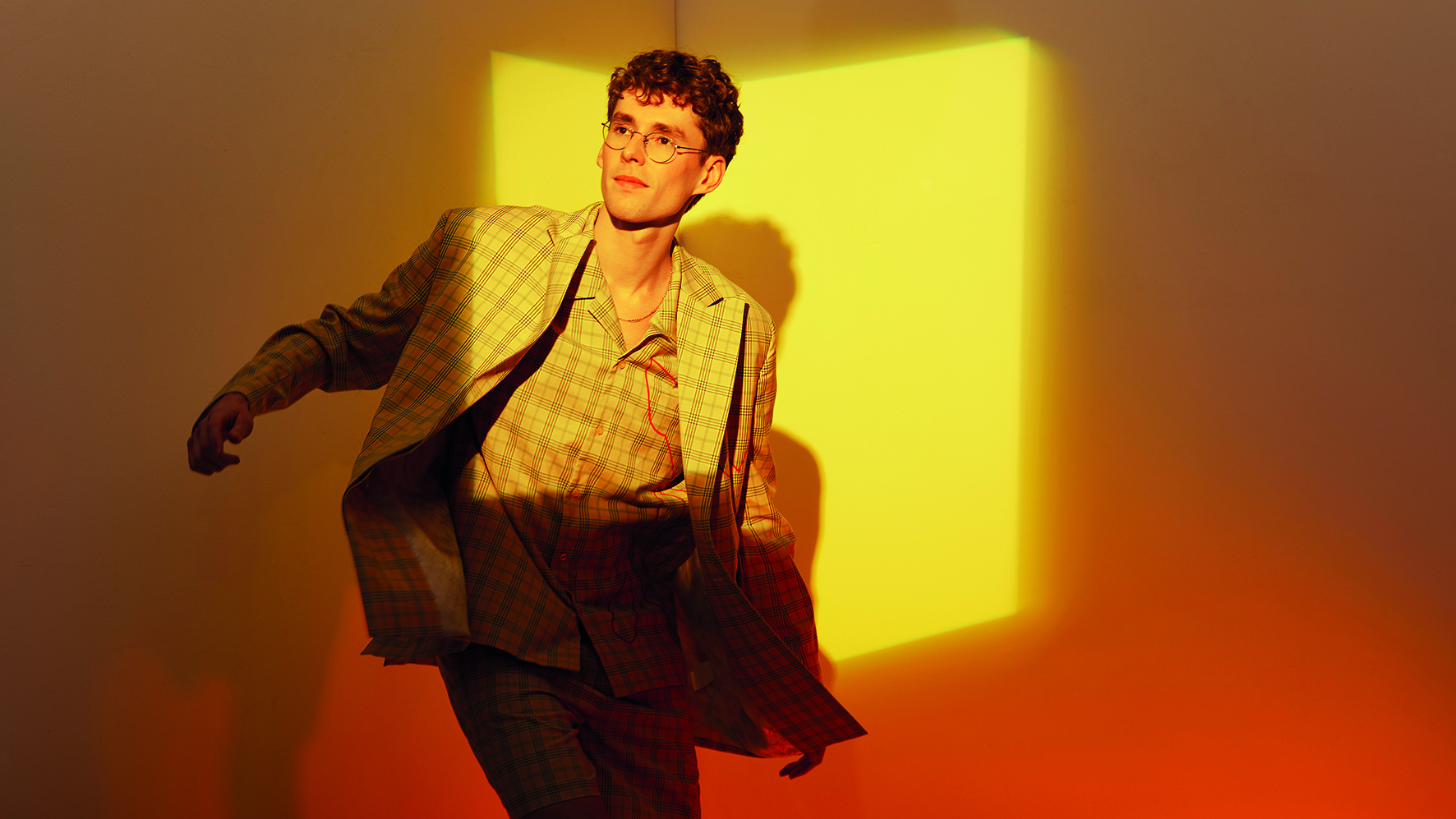
Made in a shed at the bottom of his mum’s garden, with next to no equipment, this album is all about the influences De Laet wore on his sleeve, rather than the bells and whistles of EDM.
Get the MusicRadar Newsletter
Want all the hottest music and gear news, reviews, deals, features and more, direct to your inbox? Sign up here.
“My favourite type of music was actually the stuff that you hear on the album,” he says. “That very guitar-based, electronic-influenced, indie rock/dance music. I wasn’t trying to do music in someone else’s style. And that’s the main heart of the album.”
“My studio at the time was in the garden in a little house at my mother’s place. I was blessed, as I could make sounds without disturbing anybody.
“So, usually what I did, was to play the chords myself, as I play melodies on the piano. And then I sent a lot of my MIDI info to the guitarist I was working with at that time. And then I asked him to jump on the other main chords for like, maybe five minutes. And then I would get little parts from everywhere else, and take them back, and do what I liked to them.
I was so happy with just the sound card, my KRK speakers, and my laptop, just making music
“I was using Logic. I still am. And I really liked this programme. Back then I didn’t have any cool stuff or any outboard gear. It was all VSTs, and it was all sample-based music. The only ‘real things’ in there are the guitars and voices. I was so happy with just the sound card, my KRK speakers, and my laptop, just making music. It really was like the beginning of my dream.”
Less Is More, track-by-track
1. All Or Nothing
“This was a single with the singer, Axel Ehnström. Actually, there are two other tracks on the album with him. He sent me a lot of demos, and I kept three, which became this, In Too Deep and Footsteps In The Night. I really liked his voice, because it’s very soothing. And he actually had great ideas, so it was great to work with him. I was also inspired a lot by Fakear. He’s a French producer, and he did a cool gimmick with the way he used his synth, and I loved that.”
2. What Is Love 2016
“I heard Jaymes Young’s cover of What Is Love on SoundCloud around 2014. And then I made a remix from his cover. And, the moment I posted it on SoundCloud, it got so much attention. So, with the label, we decided to record it again with the guitars and the voice.
“I tried to do it with Jaymes Young, but it didn’t work out. So, we worked with a session singer. But, in the end I’m super happy with the release, because I think it’s a perfect fit for the album.”
3. Beautiful Life
“This features the amazing Sandro Cavazza. And I remember the track because it was very funny, because it had a very indie sound, and I added to it my electronic influences. And, I think it’s one that stands out on the album because it has a very different style of songwriting, and a very different type of arrangement.
“It’s a very different approach to have a good ‘producer track’. Now, it’s very easy. This wasn’t really a club track. You can really hear, at that moment, where my vibe was towards the music.”
4. Sky Is The Limit
“This one features Jake Reese, who also became pretty big afterwards. He’s a Dutch singer. I got a demo from him, and I recorded guitars and produced the track. And actually, I think it could have been a single.
“We didn’t really develop that one. Mainly because, at that point, I was too far gone in the schedule to release it as a single, so it stayed as just an album track. But, I had this feeling with a lot of tracks here that they could have been singles.”
5. Reality
“The manager of a guy called Janieck Devy contacted me with a demo of this track. And I was like, ‘Okay, I want it now!’ So, I added guitars and the vocals, and did the whole production. They really wanted me to add all the sounds like [smash hit single] Are You With Me, and I remember I was really against it, because I really don’t like to do exactly the same pattern as a previous song. I always like to change up the game and keep it fresh. I’m happy I didn’t do it, because it really stood out as its own track.”
6. Dance With Me
“I remember that I was really inspired back then by the big drum style that you can hear in this – like the big steel drum sounds. And then that little steel melody that you can hear in the drop.
“Yeah, I also listened to a lot of Flume at that moment. And I was inspired by the kind of Flume-ish sound, with the vocoder. But, still it was with the guitar sounds, and the nice vocal on it. I think it all helped it fit in with the album, in my opinion.”
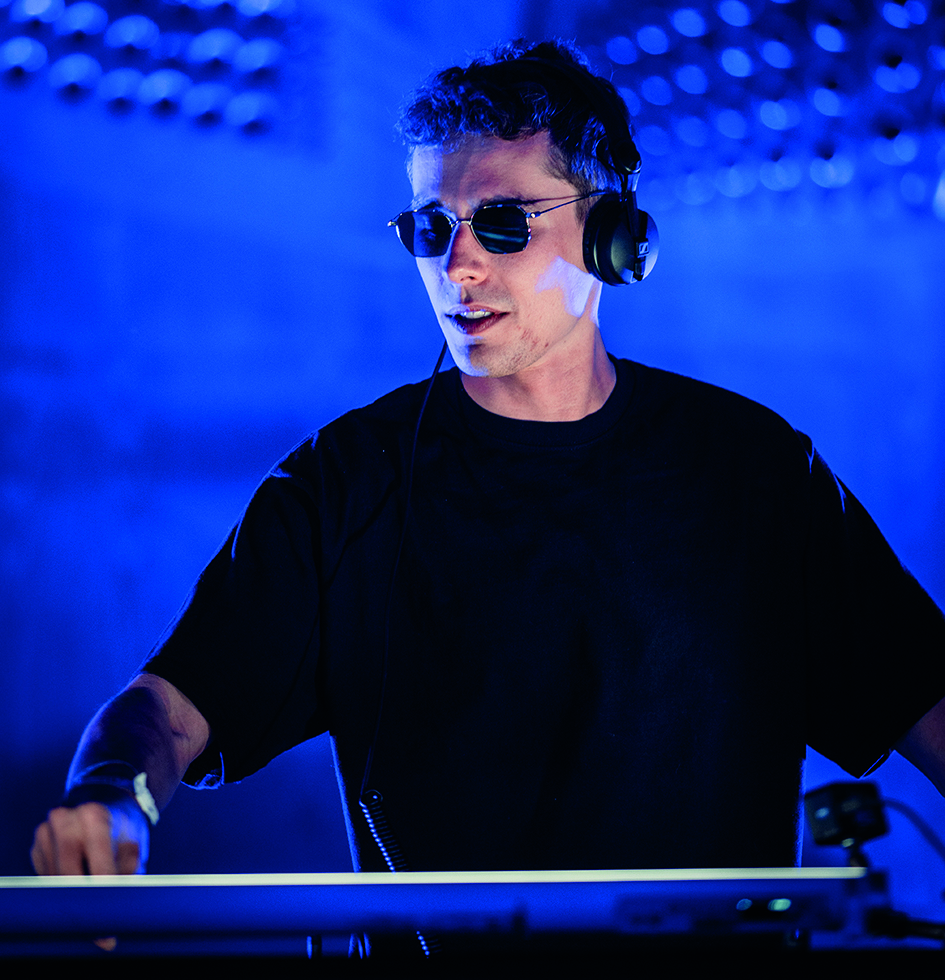
7. In Too Deep
“Another collaboration with Axel Ehnström, and something I’d have loved to have been a single because of that really nice chord progression.
“It also has that indie sound, and some very simple production. It fits perfectly, I think, into that Lost Frequencies vibe I had at that moment in time. But, I still regret, a little bit, that we didn’t take it out to the radio. I think it could have been much bigger. But, I think for the fans, it’s one of the hidden gems.”
8. Dying Bird
“This one features Joakim Wilow. I also worked with him on another track on the album, St. Peter. And he’s a great songwriter with an amazing voice, who’s also a teacher.
“I remember I was producing this track, and I found this little preset that I used on the little guitar sound [mimics a quick ‘twang’ sound].
“It came together quickly, like all the other songs. I didn’t have any difficulties producing the album. It was just like flowing, and everything came together.”
9. Funky'n Brussels
“This is an instrumental track. It’s one of the only instrumental tracks on the album, along with What Goes Around Comes Around.
“I was very inspired by [French turntablist crew] C2C on this one, I think. If you listen to C2C, you can hear all those sort of different sounds they use, like the little scratch sounds, and the little hip-hop samples taken from vocals.
“Yeah. I just really wanted to have a few cool instrumentals on the album. So, that’s one of them.”
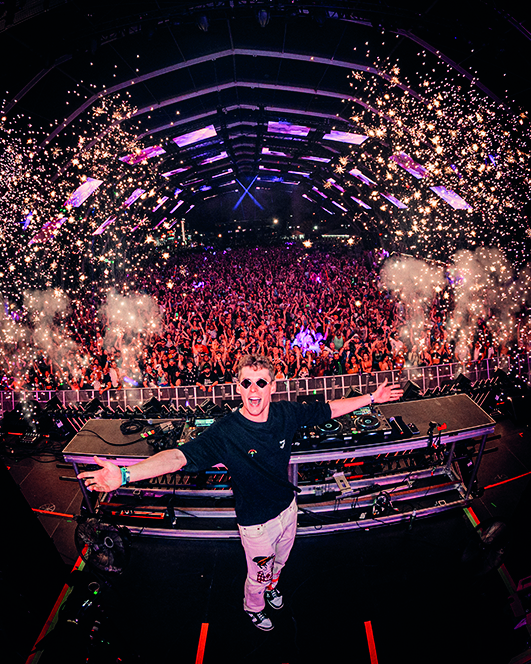
10. Send Her My Love
“This was written with Allan [Eshuijs], an amazing singer/songwriter who I actually went on to work with more.
“I love the lyrics. I love those more trap-style bass sounds. This is one of the only tracks where there’s no guitar. And I also like it because, at the end of the track I went crazy on the synth parts. And maybe there you can feel a little bit more of the Flume influences I was listening to back then.”
11. Lift Me Up
“I did this one with Nick Schilde. He’s a Dutch singer who was already super famous. He sent a demo straight to me, because he really wanted to work with me, and I did a production behind it.
“I can’t count how many versions I have of this track. First I added the guitars, and then I took all the guitars away. Then I added even more, and then I took it away.
“If you listen back to any of my DJ sets around that time on YouTube you can hear all the different versions I was working through.”
12. Are You With Me
“This was my first single. I heard the original version by Easton Corbin on SoundCloud, because I was looking for a track that I could sample easily with a vocal and a guitar on it. And then I found his track, Are You With Me. And I was like, ‘This is what I’m looking for!’ Because it’s the first few seconds of the guitar, which is really easy to sample. And then you had the first verse, which became the chorus. And I just put it on a loop and built from there.”
13. St. Peter
“Joakim Wilow again. And if I had to choose between Dying Bird and St. Peter, it’s this. Really deep lyrics.
“It’s also one of the only tracks with no guitar, just piano. It’s funny because my little brother is not such a fan of my music, but he really likes this, because he’s a big piano player. Sometimes when I walk in he starts playing it!
“This is also one of the tracks I would have liked to have pushed as a single, but the lyrics were kind of dark, so I don’t really know if it would have worked.”
14. Selfish Love
“This was the beginning of a big collaboration with Kye Sones, who’s still on tour with me now. He sings in musicals, so he has to really be great.
“This is also one of the most trappy songs on the album. It’s more intense, what with the horns, and stuff like that.
“I think this track is the weirdest track on the album, vibe-wise. But, I’m really thankful that it’s part of it, because, thanks to this, Kye came into my life, and into my project and he’s stayed there until this day.”
15. Footsteps In The Night
“This one has a really weird arrangement. The way everything is going everywhere. I mean, that’s where I was back then. I really didn’t care about the arrangement. I was just like, ‘Oh, the vocal is vibing. The guitar is vibing. I’m just going to see where it goes’. So, it then goes to a little drop part, and then goes back to the guitar... It’s really an album track. I was just putting stuff together and really having fun with it.”
16. What Goes Around Comes Around
“This was actually an instrumental I made for a girl singer I was dating back then, but I never really sent it [laughs]. So, I kept it for me, and made it the last track of the album.
“And the name of the track, as the last track, has kind of a sentimental, sad vibe. It calms me, as I was going through a lot of issues back then, and management issues. And when everything got closed, this was the perfect closing track, and also the closing chapter for me.”
For all the latest news, music, live dates and tickets, visit Lost Frequencies' website.


Future Music is the number one magazine for today's producers. Packed with technique and technology we'll help you make great new music. All-access artist interviews, in-depth gear reviews, essential production tutorials and much more. Every marvellous monthly edition features reliable reviews of the latest and greatest hardware and software technology and techniques, unparalleled advice, in-depth interviews, sensational free samples and so much more to improve the experience and outcome of your music-making.
"At first the tension was unbelievable. Johnny was really cold, Dee Dee was OK but Joey was a sweetheart": The story of the Ramones' recording of Baby I Love You
"Reggae is more freeform than the blues. But more important, reggae is for everyone": Bob Marley and the Wailers' Catch a Fire, track-by-track










